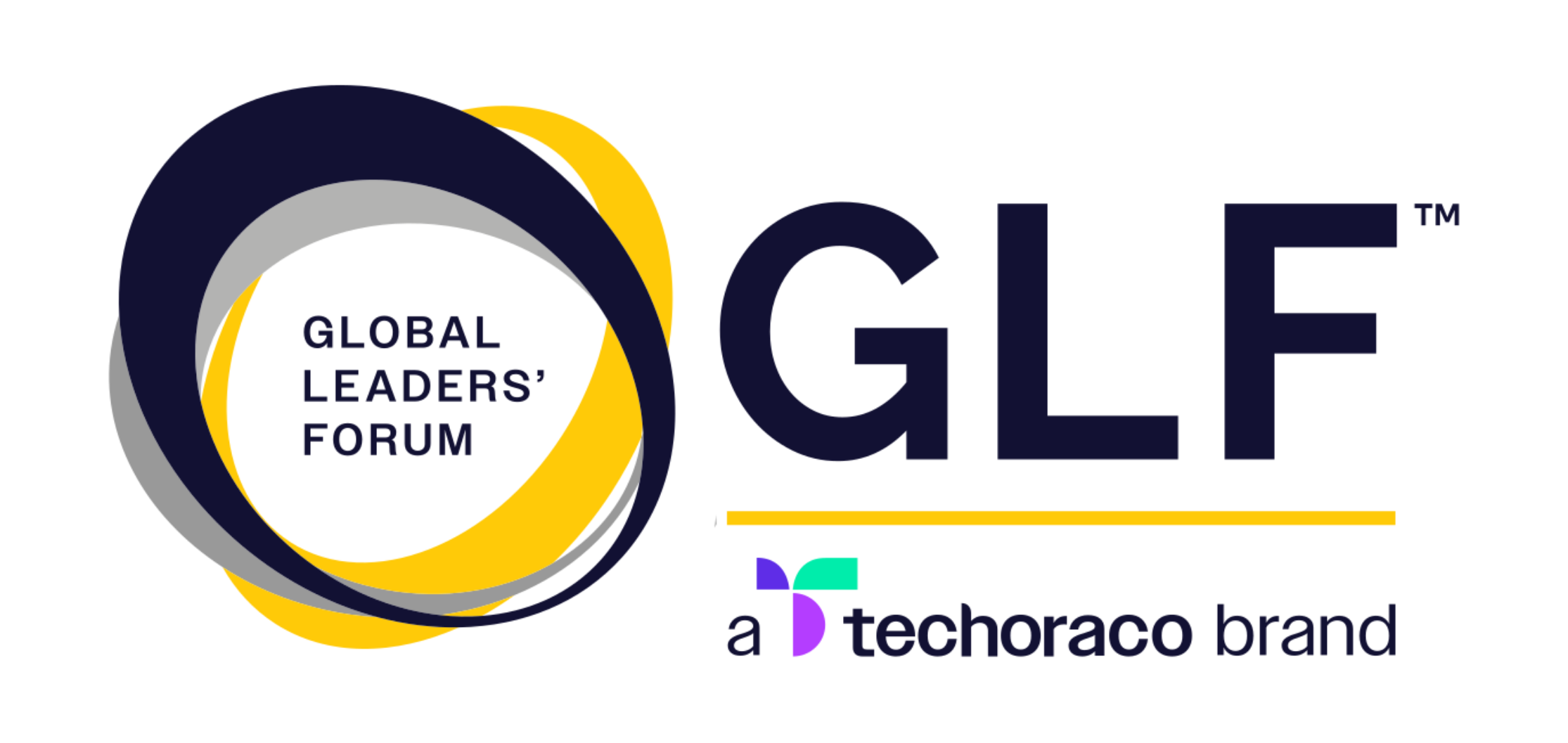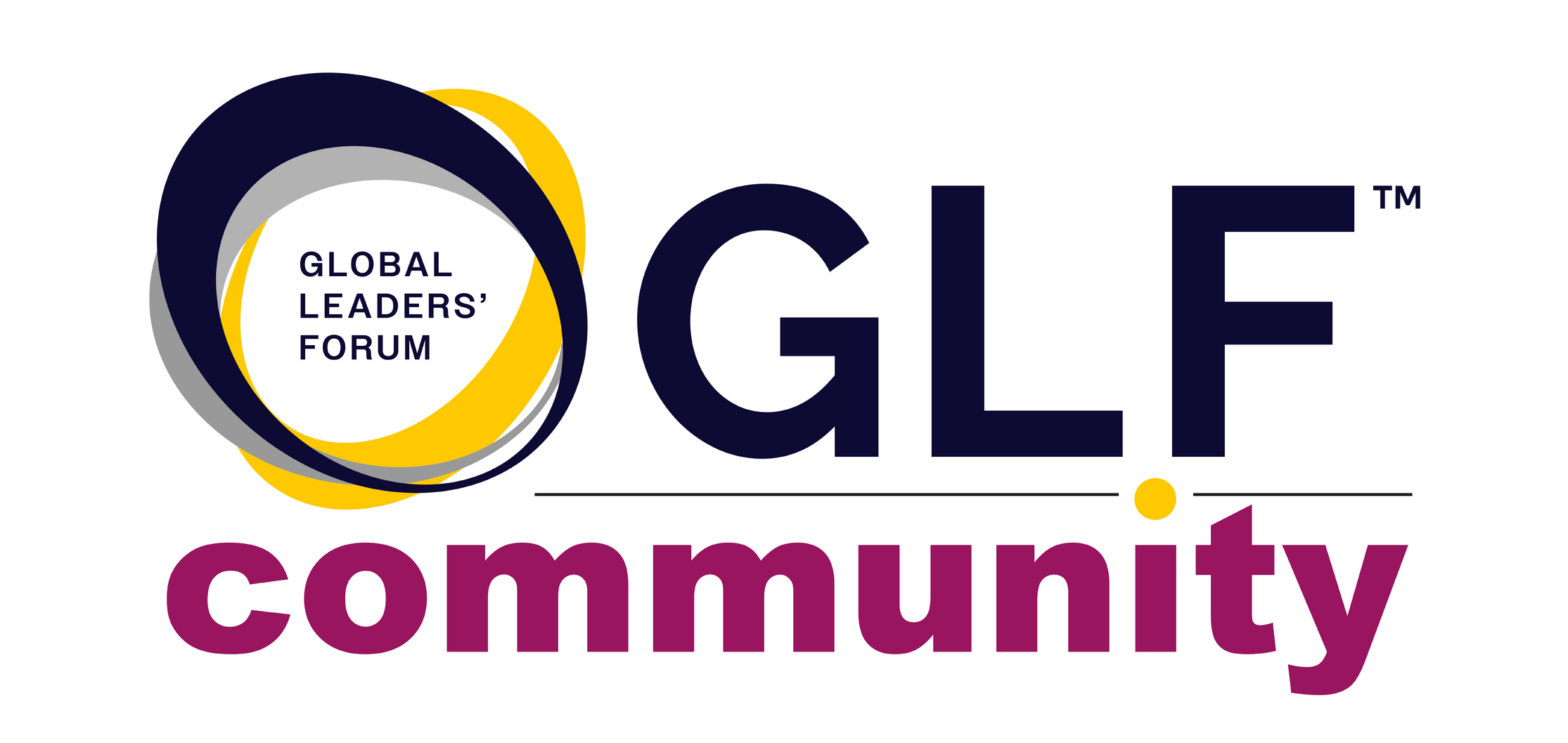GLF announces further latency improvements for Critical IoT PoC

Four carriers achieve massive latency improvements in the GLF’s Critical IoT Proof of Concept (POC) proving that roaming connectivity is able to provide the same latency as the local in-country mobile connectivity
17th October 2023, London: Global roaming connectivity for critical IoT applications has just taken another major leap forward. The ITW Global Leaders Forum (GLF) today revealed the results of a hugely successful Proof of Concept (POC) that has reduced IoT roaming round trip latencies from 296 milliseconds to just 35 milliseconds. This is a huge gain representing an 88% improvement in roundtrip latency. This result will allow international service providers to meet use case demands head-on and create value for customers and partners. A hugely successful Proof of Concept (PoC) which proves the technical feasibility of low latency data roaming and premium managed connectivity from IoT devices to clouds and data centres.
Passion to Further Lower the Latency Across the Globe
The first successful test results were announced in March 2023. The same four members of the GLF IoT working group – Console Connect , Deutsche Telekom Global Carrier, Orange Wholesale and Telefónica Global Solutions – collaborated again in 2023 to further improve the quality of roaming connectivity and deliver even better PoC results than were announced earlier this year.
The first stage of the PoC proved it is possible to lower roaming latency from a median value of 296 milliseconds between Europe and Asia to 105 milliseconds within Asia, with a promise to the market to continue to work to slash latencies further. The GLF Critical IOT workstream demonstrated last year to the market that via local IPX peering and PDN gateways it is possible to further decrease latency globally.
Today’s announcement of the second stage of the PoC has proven it is possible to further lower roaming latency from 105 milliseconds to just 35 milliseconds between neighbouring Asian countries. This roaming latency value is similar to in-country latency value, so it is now proved by the POC measurements that roaming connectivity is able to provide the same latency as the local in-country mobile connectivity. Furthermore, the measurements were taken using a roaming IoT SIM connecting to compute servers hosted by Google Cloud.
Assessment from Participants
“Critical IoT applications require high-quality and flexible connectivity between devices and premium IoT services hosted in the cloud. Through close cooperation with other IPX providers, this latest PoC proves the industry is able to deliver on its promise to significantly reduce latency for IoT roaming and enable devices to securely connect through local gateways all the way to public clouds,” said Marc Halbfinger, CEO, Console Connect.
Rolf Nafziger, SVP, Deutsche Telekom Global Carrier, explained, “Vital to the success of the PoCs were the simultaneous implementation of both local gateways and local peering. In the new test scenario of 2023, they were situated even closer to the simulated end user. This allowed a further decrease in roaming latency that is already like the in-country latency level.”
Emmanuel Rochas, CEO, Orange Wholesale International, said, “Tomorrow's IoT use cases, driven by vertical enterprise applications, will require connectivity in a roaming situation that mirrors the speed and quality of in-country mobile networks. This POC marks a pivotal moment in global roaming connectivity, with round-trip latencies divided by almost 9 thanks to a successful carrier’s collaboration.”
Eloy Rodríguez, Chief Wholesale Officer of Telefónica Global Solutions, said: “The PoC’s of this year fulfilled the promise made to the market last year. It has reconfirmed the feasibility of low latency roaming connectivity that can facilitate even the most urgent IoT applications – even use cases that literally make a difference between life and death – like connected cars, or autonomous driving.”
Critical IoT – Roadblocks and Prospects
Connected cars, autonomous driving, remote surgery, smart grids and factories, patient monitoring, augmented reality for vital repairs: these time-critical scenarios require continual connectivity, low latency, and high-bandwidths. Without these roaming conditions, critical IoT applications cannot function across borders in real time, and the results could be disastrous.
The advancement unlocked by the PoC comes at precisely the right time, as new opportunities for critical IoT are further enabled by the spread of 5G. In addition to enhanced latency, the technology offers businesses, governments and societies the ability to save resources, time, costs and even lives. In the case of medical IoT the reason for the latter is obvious. But also, for example in manufacturing, IoT automated sensing can predict a fault that could result in danger to line operators.
The working group’s next step will concentrate on creating a technical and commercial framework to ensure QoS for international, critical IoT traffic. They will also share the results and include more service providers in the initiative.
About ITW Global Leaders’ Forum
The ITW Global Leaders’ Forum (GLF) is a network of the leaders from the world’s largest International ICT service providers, who convene to discuss strategic issues and to agree collaborative activities with the aim of upholding the principle of interoperability and ubiquitous international and technological coverage. The international wholesale industry is a critical part of the global ICT ecosystem, providing the backbone that enables digital services to be distributed around the world. The GLF’s primary objective is to provide leadership and direction for the industry by advocating common priorities that improve interconnectivity so that new digital services can be delivered at scale anywhere in the world. Please visit www.itwglf.com for more information.



